Line clay pots with plastic?
ksmetamaid
2 years ago
Featured Answer
Sort by:Oldest
Comments (15)
ken_adrian Adrian MI cold Z5
2 years agoRelated Discussions
Repotting from plastic pots to unglazed Clay pots
Comments (3)The holes on the largest of the containers seem a bit stingy, don't they? I'd be tempted to make at least one of them larger. The other pots seem okay. Pebbles, gravel, etc., do not assist with drainage. All you need is something to cover the holes so that the mix you use doesn't wash out with proper watering. I prefer to use the plastic canvas screen commonly found in craft stores, used for needlepoint. Some people use metal window screen. I believe that I found my last sheet of the plastic canvas at WalMart. It's very easy to cut, and lasts forever. Others may suggest coffee filters and the like, but your plant will be happiest with a material that will not impede the rapid drainage of water from the container upon watering. Coffee filters can end up getting clogged....See MorePlastic vs. Unglazed Clay
Comments (151)Haaa aah jodik I was going to ask that question myself. But here's an answer I wanted to give you. I've done hydroponics from the big to the small and it's another way to intelligence our way to the same pollution of the water ways. Something like clean coal. If you want to think of it as close to aeroponics because the roots are in an enviroment where there's moisture is in the air under pressure (slight but enough) where roots hang covered in running oxgen enriched water. That pressure aids in oxygen transfer into the plant. It's a growth chamber in a bottle. Scienits are doing this in the lab right now. i've done it with just two recycled plastic bottles one on top of the other. That's not a brag, I'm just lucky when it comes to this, I just noticed something. I'm lucky like that. But here and on Photobucket I have what someone once slightingly a "history" here. This idea is free. You don't need to send me anything. there's even pictures of every step, over what a five year period. And those are only the "B" pictures. the only thing i'm looking for is a chance to trade for seeds I don't have. Buzzsaw you have no idea what a daily vitamin and a bottle of piss can do for a plant....See MoreClay vs. Plastic Pots
Comments (16)Msalex - yes, it would make a difference if you painted terra cotta or other unglazed clay containers. The paint will eliminate the permeability factor (stop gas and water vapor from migrating through container walls/bottom), which is the primary benefit of clay. Clay containers cool roots as water evaporates from their surface and allow fresh air to circulate more freely in the root zone, helping to drive down CO2 levels as O2 takes its place. CO2 impedes root function/metabolism and O2 is a necessity for healthy roots and robust plants. Plants in clay containers also need more frequent irrigation which automatically insures that air is returning to the root mass in abundance in addition to a massive exchange of soil gasses at each watering. Plants grown in a container/media combination that requires more frequent watering will usually ALWAYS be more robust and healthier overall than plants grown under the same conditions in a soil/container combo that stays wet for extended periods (for the reasons I listed). Only one poster has made the statement that plastic is better, but I think the reasoning is at best unclear. I'd be very interested in seeing if the statement is supportable. Better for the grower and more convenient for the grower shouldn't be taken to mean better for the plant. That a soil remains wet longer in a plastic or glazed container might be nice for the grower, but the question was asked with regard to plant welfare, not grower convenience. I have dozens of plants in plastic and glazed containers, but I readily admit that I compromise/sacrifice plant vitality to a certain degree by choosing those types of containers over containers with porous walls. Al...See MoreWANTED: 4-6' orchid pots - plastic, clay or wooden
Comments (2)are you still looking? I have 3-4 clay orchid pots that came from a local greenhouse that specializes in orchids. I had to give up orchids when my daughter's cockatoo came to live with us. Here is a link that might be useful: my trade page...See Moreksmetamaid
2 years agoksmetamaid
2 years agoksmetamaid
2 years agoksmetamaid
2 years agoJilly
2 years agolast modified: 2 years agoksmetamaid
2 years agofloral_uk z.8/9 SW UK
2 years agoprairiemoon2 z6b MA
2 years agolast modified: 2 years agotapla (mid-Michigan, USDA z5b-6a)
2 years agolast modified: 2 years agoksmetamaid thanked tapla (mid-Michigan, USDA z5b-6a)
Related Stories
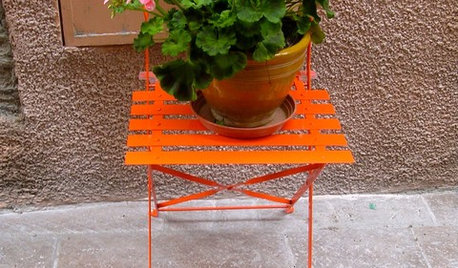
GARDENING AND LANDSCAPINGPotted Plants Perk Up the Streets of Coastal France
Dotting a stairway or perched on a café table, plants in colorful pots and vibrant flowers make a picturesque scene in a town on the coast
Full Story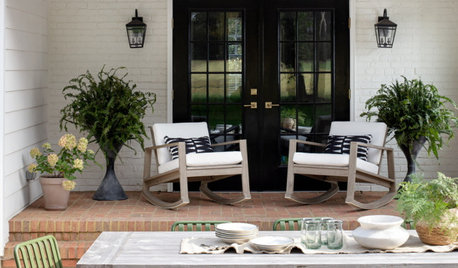
SUMMER GARDENINGHow to Water and Refresh Your Potted Plants Over the Summer
Keep container gardens looking lush by cooling them down when temperatures rise and by giving them a seasonal spruce-up
Full Story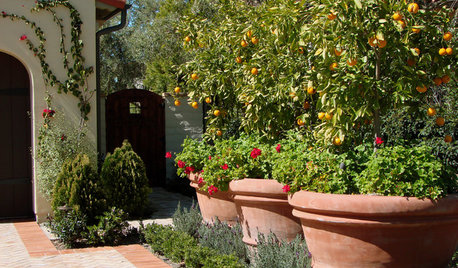
GARDENING GUIDESPick the Right Plant Pot to Flatter Your Landscape
To play matchmaker for your container garden and its surroundings, you've got to know all the materials and pick the right style
Full Story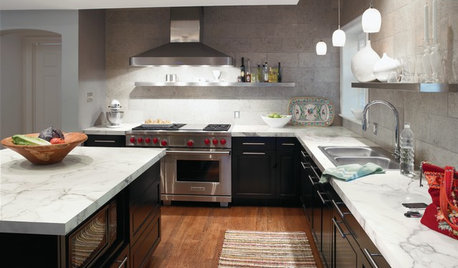
KITCHEN COUNTERTOPSKitchen Counters: Plastic Laminate Offers Options Aplenty
Whatever color or pattern your heart desires, this popular countertop material probably comes in it
Full Story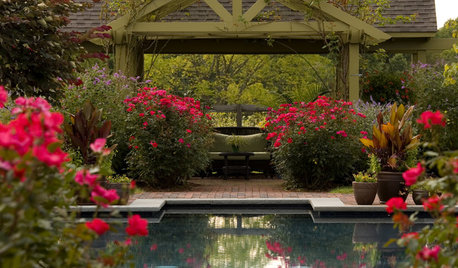
SPRING GARDENINGHow to Grow a Rose Garden in Pots
Everything can come up roses, even without a plot of soil in sight. This step-by-step guide to growing roses in containers shows you how
Full Story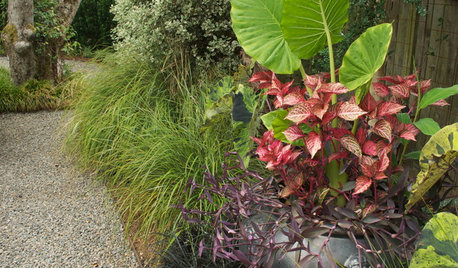
CONTAINER GARDENSSolve Your Garden Border Dilemmas With Planted Pots
Set your containers free from the patio — placed among plantings in the ground, they fill unsightly gaps, let you experiment and more
Full Story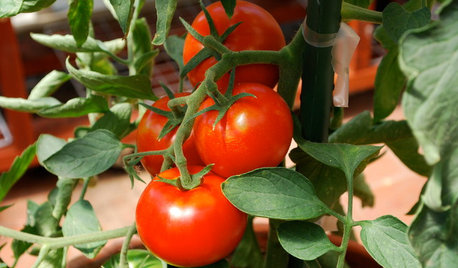
GARDENING 101How to Grow Tomatoes in Pots
Don’t have much space for a garden? All you need is a sunny spot and a large container to grow this favorite summer crop
Full Story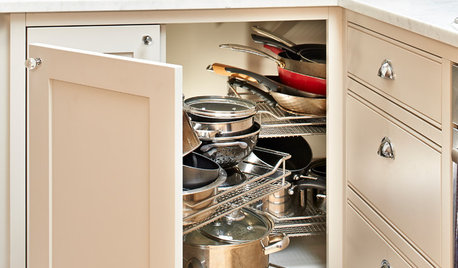
KITCHEN STORAGEWhere to Put Holiday Pots, Pans and Platters the Rest of the Year
If your holiday meal plans involve large cooking and serving vessels, consider these 9 kitchen storage options
Full Story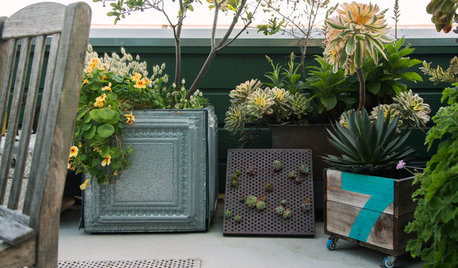
CONTAINER GARDENS10 Repurposed Containers for a One-of-a-Kind Potted Garden
Unusual containers, including bamboo steamers and vintage olive buckets, can spice up your plant collection
Full Story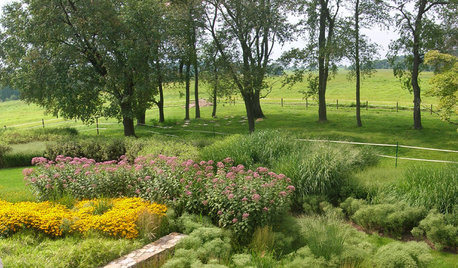
GARDENING GUIDESHow to Stop Worrying and Start Loving Clay Soil
Clay has many more benefits than you might imagine
Full Story


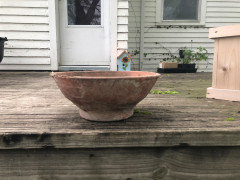



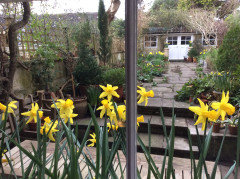

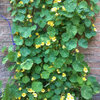
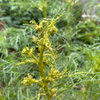
mxk3 z5b_MI